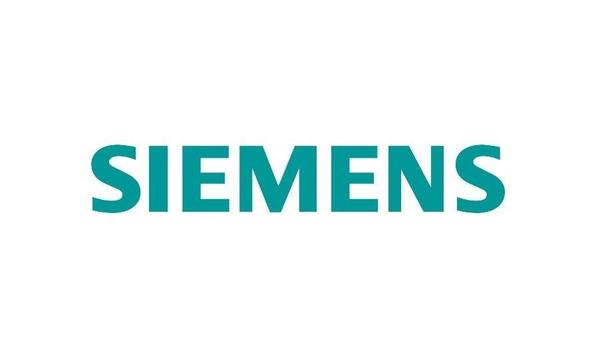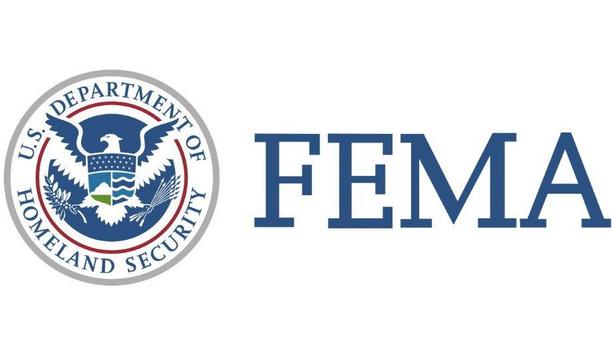The Association for Specialist Fire Protection (ASFP) has expanded its range of guidance with the release of three new and three updated documents.
The new Advisory Notes 27, 28, and 29 offer advice on particular issues of concern to the industry.
Advisory Note 27
Advisory Note 27 provides advice on the structural fire protection of steel beams with corrugated webs. These fabricated sections, which were recently introduced to the market, offer a thinner steel plate than can be used in traditional webs.
While this saves weight and cost, the fire-resisting performance of these sections is not fully understood. The advisory note warns against the use of plain section data in support of a corrugated web section without extra testing.
Advisory Note 28
It covers the firestopping of metal pipes where flanges are located close to service penetration seals
Advisory Note 28 covers the firestopping of metal pipes where flanges are located close to service penetration seals. It encourages earlier involvement of passive fire specialists to prevent the construction of untested service penetration arrangements, particularly in the presence of flanges within the secondary insulation zone (typically within 500mm of the wall).
Arrangements of flanges can be covered within the scope of BS EN 1366-3: Fire resistance tests for service installations. Penetration seals, although this is not commonplace. For the avoidance of issues with certification and installation, it is simplest to keep the flanges more than 500mm away from the wall. However, this detail is not always considered during the spatial coordination of services.
Advisory Note 29 and 21
The final new publication, Advisory Note 29 covers planned maintenance. This draws upon advice from within the Regulatory Reform (Fire Safety) Order; BS 9999: Code of practice for fire safety in the design, management, and use of buildings; and BS 8524: Active fire curtain barrier assemblies to ensure that a competent person conducts that maintenance.
Meanwhile, Advisory Note 21 has been updated. This covers the coat back to secondary structural steel. It highlights that this can prevent the conduction of heat into a primary structural member and its consequent early failure. As new evidence becomes available, this document will likely be updated again.
TGDs 15 and 20
Technical Guidance Documents (TGDs) 15 and 20 have also been revised. TGD 15 provides advice on the installation and inspection of spray-applied passive fire protection. The document has been updated to align the film thickness measurement criteria for these materials to ASTM E805.
The document has also been updated to take the implications of Brexit into account and the consequent changes to UK Construction Product regulations. The changes to UK Construction Product regulations and the introduction of the UKCA mark also prompted the revision of TGD 20, which covers the CE marking of fire-resisting and smoke control duct sections.















